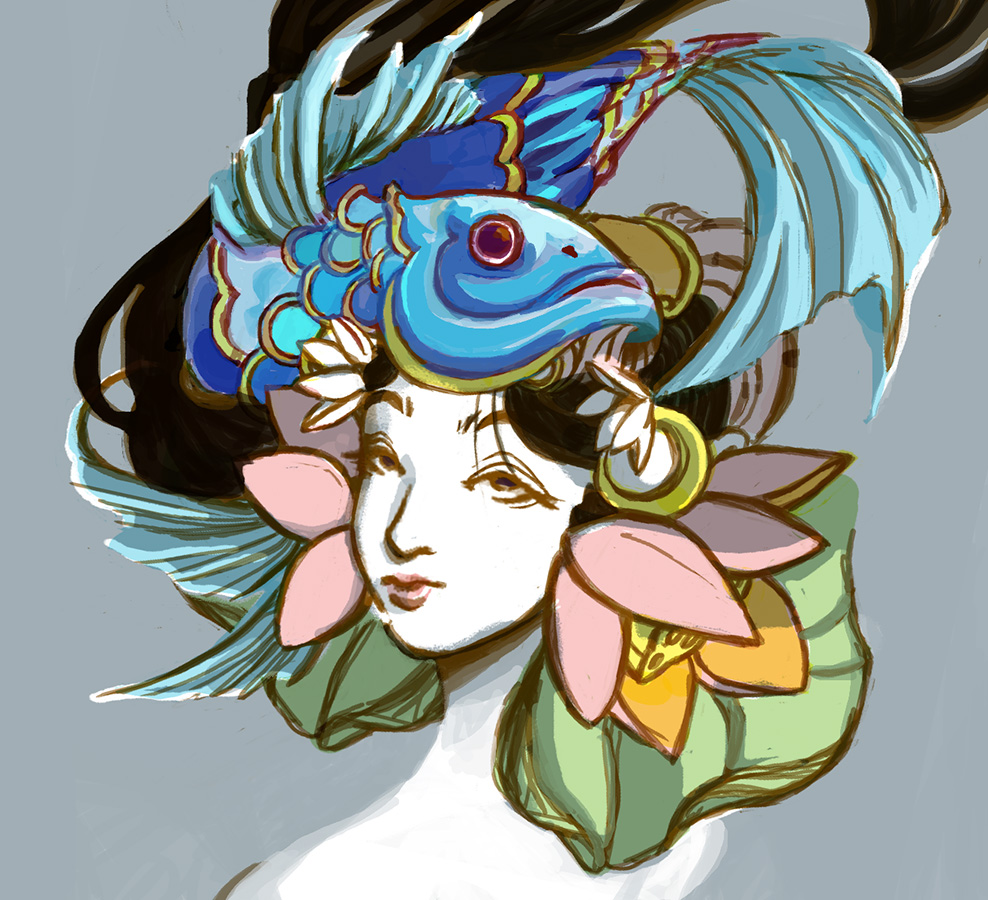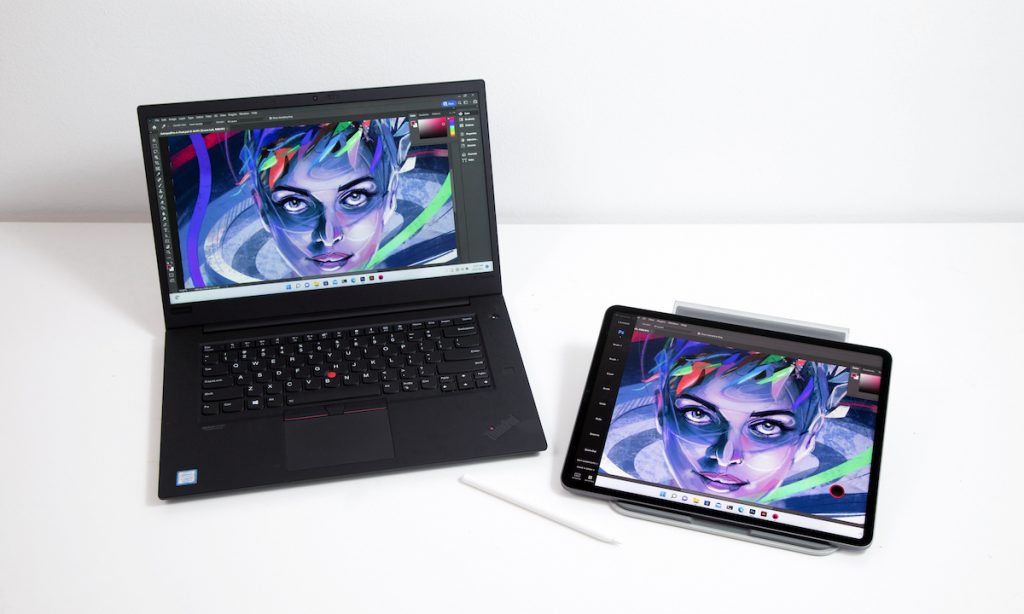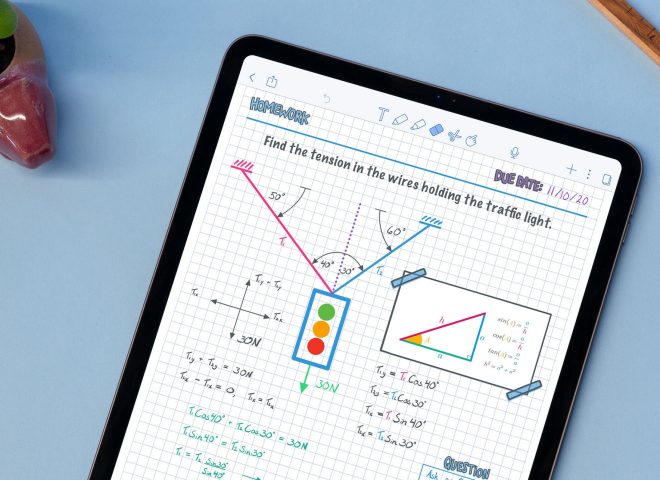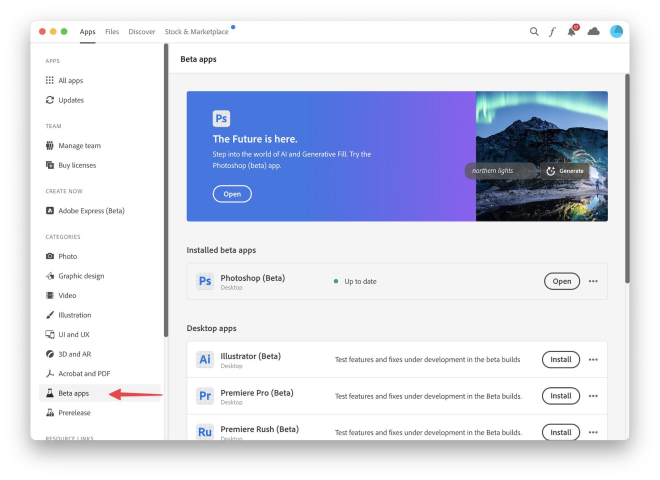
For a time, I could only draw digitally with a mouse. My first graphics tablet took the fun out of drawing and defeated me. Everything produced from it was terrible, except when my sister used it. So, I never blamed the device, just the operator. For the longest time, I believed that my hands were only coordinated for real paper and canvas.
That changed four years ago when I worked with a more pressure-sensitive tablet. From there, hopelessness transformed into possibilities, but I still had a hard time translating my artistic abilities onto my tablet and screen.
Astropad Studio is a good option for making the shift to digital art on your iPad, without buying an expensive graphics tablet. Your drawing results are there for you on both your iPad and desktop screen.
If you are struggling to see your drawing potential digitally, here are 7 tips to help the journey:
1. Work on a large artboard, and scale down for finalizing files
When you scale down, you’ll maintain image quality. You risk pixelation when you resize your canvas from small to large. Utilize zooming in and out to go into detail, especially if you are working on a smaller iPad screen.
2. Try going monochromatic, or start with a different color background
This helps if you don’t know where to start, or if you have trouble with color, shading, and line development. A blank white canvas, or access to oodles of colors, can be distracting. You can always experiment and add colors after you have your drawing down.
If digital painting is more your style, a good base background color can help ground your image as you work.
12 Digital Art Drawing Exercises for Your iPad
3. Layers and undo are your friends — unless they cripple you
When using ink, it can’t be erased. Working digitally, you have the versatility to experiment with layers, and erasing your mistakes with undo. If this freedom hinders you rather than helps you, try working entirely on one layer.
Or, just erase and paint over mistakes, instead of using undo. That way, you learn to put more deliberation and investment into your choices until you’re comfortable with the “power” to organize or reverse your actions.
4. Try different textures, or make your own
If you scan your sketches and zoom in, you can see that your lovely sketch is comprised of fine textures. Play around with the individual brush setting in your software — the flow, opacity, and scattering for example — see what you like working with. You can even make your own brushes or purchase custom ones.
The Best Vintage Brush Packs for Photoshop
5. Bring in your own art experiences. Treat digital art as another medium
Just like when you buy new pens or brushes, it takes some initial adjustment. Give yourself an adjustment period with your iPad and drawing software. Take time to get to know your iPad, and adapt your drawing software settings to your workflow.
You have the skills, knowledge, and style, but it takes practice to translate that into a new medium.
6. Build confidence: Scan your sketches and develop them digitally
If you feel frustrated with your results, use your strengths! I worked this way for years and still do. If you are pretty good with a pencil and paper; then sketch traditionally first, scan it in, and add the coloring via your iPad afterward. Over time, you’ll ease into working entirely on the computer, when you feel like it.
7. Eyes on your results
Be patient with yourself. There are many amazing works online, but sometimes it can make you feel inadequate about your own progress. When you feel that way, take a break from looking at other digital artists, and concentrate on building your foundation. Seek tutorials, and ask questions on forums.
Try Astropad Studio Free for 14 days
Turn your iPad into a drawing tablet with Astropad Studio. Mirror any Mac or PC desktop app on your iPad, with full support for Apple Pencil and gestures.





